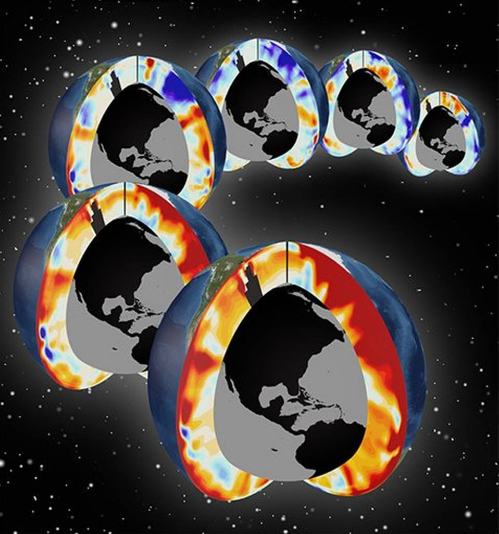This is where 90 percent of global warming is going
Scientists have long known that more than 90 percent of the heat energy from man-made global warming goes into the world's oceans instead of the ground. And they've seen ocean heat content rise in recent years. But the new study, using ocean-observing data that goes back to the British research ship Challenger in the 1870s and including high-tech modern underwater monitors and computer models, tracked how much man-made heat has been buried in the oceans in the past 150 years.
The world's oceans absorbed approximately 150 zettajoules of energy from 1865 to 1997, and then absorbed about another 150 in the next 18 years, according to a study published Monday in the journal Nature Climate Change.
To put that in perspective, if you exploded one atomic bomb the size of the one that dropped on Hiroshima every second for a year, the total energy released would be 2 zettajoules. So since 1997, Earth's oceans have absorbed man-made heat energy equivalent to a Hiroshima-style bomb being exploded every second for 75 straight years.
Because the oceans are so vast and cold, the absorbed heat raises temperatures by only a few tenths of a degree, but the importance is the energy balance, Gleckler and his colleagues said. When oceans absorb all that heat it keeps the surface from getting even warmer from the heat-trapping gases spewed by the burning of coal, oil and gas, the scientists said.
The warmer the oceans get, the less heat they can absorb and the more heat stays in the air and on land surface, the study's co-author, Chris Forest at Pennsylvania State University, said.
This image shows Pacific and Atlantic meridional sections showing upper-ocean warming for the past six decades (1955-2011). Red colors indicate a warming (positive) anomaly and blue colors indicate a cooling (negative) anomaly

No comments:
Post a Comment